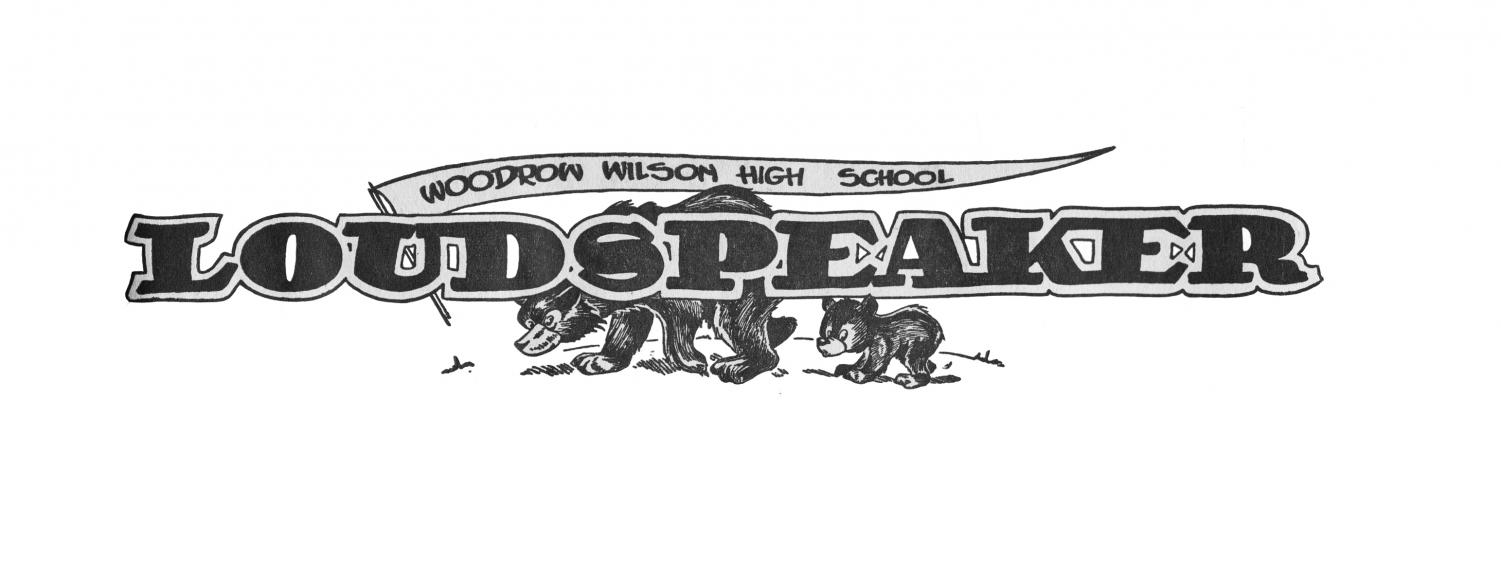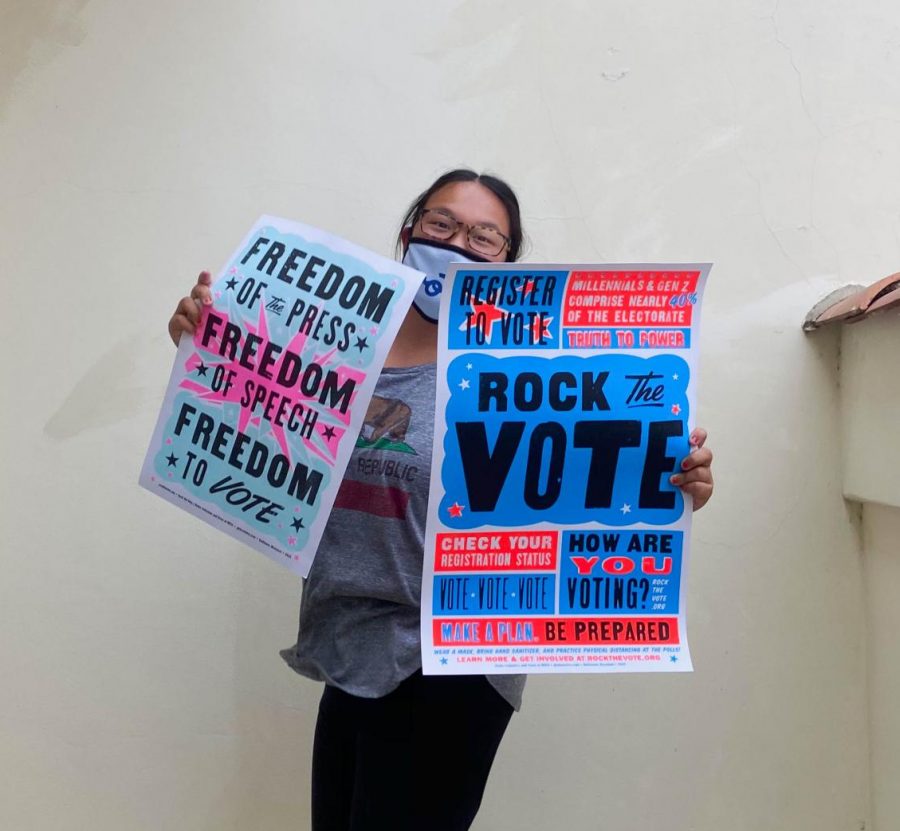Student Voting During a Crisis
November 20, 2020
Long Beach, CA-The majority of Wilson High School students eligible to vote that replied to a Loudspeaker survey indicate that getting information on the issues and candidates has been easy to obtain, despite being in a quarantine due to the COVID-19 pandemic. However, the students also indicated that selecting a Presidential candidate has been more difficult and confusing based on the current President’s response and handling of the pandemic.
According to the survey, 77.4% of the WHS students surveyed said it was not difficult to get information on the political parties during the pandemic. But when asked, “Has the handling of COVID-19, by our current president, impacted who you are voting for this year?” there were a variety of responses. The majority of the students indicated that they will not be eligible to vote in the upcoming election on November 3, 2020. Those that did register to vote and are eligible indicate that it was “easy” and “not too stressful.” A few respondents indicated that they already voted by mail.
Without considering whether students are eligible to vote, 68% indicated affirmatively that COVID-19 did impact who they were voting for in the upcoming U.S. Presidential election. One student stated, “Yes, the fact of how he has handled this situation scared me into voting against [Trump].” Another student said, “ Yes it gave me more of a reason to vote for the person I want as president and has made me wish I could vote even more.” The majority of those voters were more inclined to support Democratic candidate and former Vice President Joe Biden, rather than the incumbent candidate President Donald Trump.
30% of the respondents indicated that COVID-19 did not impact who they are voting for in the upcoming election. Of that group, only a small percentage indicated that the handling of the pandemic impacted their decision in support of Republican candidate President Donald J. Trump. A student responded, “I am not voting but I feel that our president has handled COVID-19 in the best way possible. Therefore, if I were voting I would vote for him.”
The conclusions made about student voting in the survey conducted by the Loudspeaker was a small sample group of 87 students in a high school with a population of 3,703 (approximately based on publicschoolreview.com for the 2020-2021 school year). Although the survey was informative and interesting, in retrospect, it is flawed. The only students who participated already were interested in politics and the election. Also, the questions were narrative and harder to qualify, and therefore, less scientific.
For the majority of students responding, which will not be able to vote this election, there are opportunities to still participate in the election- as poll workers. Poll workers set up polling places, helps voters understand their rights and protects voters and their rights (Sos.ca.gov).
Working the polls on Election Day is a great way to get involved in civics, government, and contribute to the community while getting first hand experience of democracy in action.
Robin Werner-Sroka, the Coordinator of the Student Poll Worker program at WHS, states that she has had less contact with students interested in participation this year due to the COVID-19 pandemic. “In the past, I have had more direct contact with students’ participation, but as you can imagine, COVID has changed the process and the way the program works. This year, since everything was done online, activities have been done differently then in the prior years when students and teachers were on campus for in person teaching. “I reached out to some Gov/Econ teachers to help recruit students this year. In times past, I was the sole individual responsible for uploading the signed poll worker applications to the County.” Werner-Sroka said other teachers helped with recruiting students this year, so she didn’t have a total of the number of Wilson students that applied. “I can tell you that I personally handled about 25 applications,” Werner-Sroka said.
Wilson students are not unique in their efforts to help out at the polls. In an article in Reuters by Julia Harte, John Whitesides, dated October 18, 2020, (Young U.S. poll workers brace for Election Day as virus fears keep elders home), the reporters say the new recruits for poll workers this year are younger than in prior years. In the 2016 election, more than 56% of the 650,000 poll workers nationwide were above the age of 60, citing the US Election Assistance Commission (eac.gov). The Reutgers article also states that according to Power the Polls, cofounder Robert Brandon says that 90% of the 650,000 + poll workers this year are under age 65 (powerthepolls.org). The article also cites The Poll Hero Project, which, according to cofounder Ella Gantman, 19, her organization has recruited more than 31,000 students and more than half of them are high school students (pollhero.org).
On the Poll Hero website, it states the need for Poll workers is so “acute this year due to fear of COVID. Most poll workers are older Americans who are at higher risk of complications from COVID.” This leaves a void that can be filled by Generation Z. There is a record shortage of poll workers this year, according to powerthepolls.org.
How do you become a poll worker in California? To be a high school poll worker you must be a US Citizen, be at least 16 years old on election Day, attend a public or private high school, have at least a 2.5 GPA, get permission from parents and school, and attend a training session. The application can be found on the Secretary of State website (sos.ca. gov).
One student in the Loudspeaker survey indicated that COVID-19 impacted their candidate selection “100%, but [COVID-19] it didn’t change my opinion on who I’m voting for but rather ‘reinforce’ and reassure me who I should vote for.” The true measure of the impact of COVID-19 on the election won’t be known until after Tuesday, November 3, 2020. One thing is for sure, young Americans are stepping up to make an impact on the election, one way or another.

